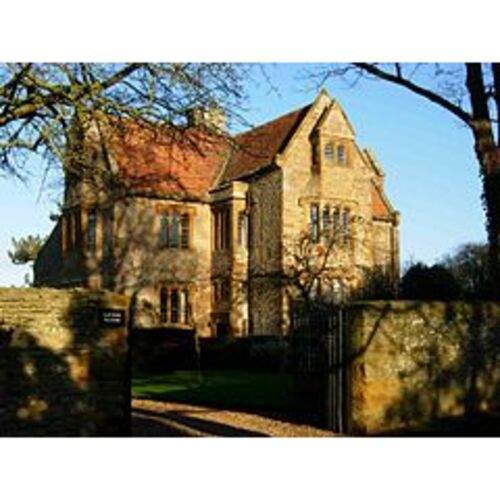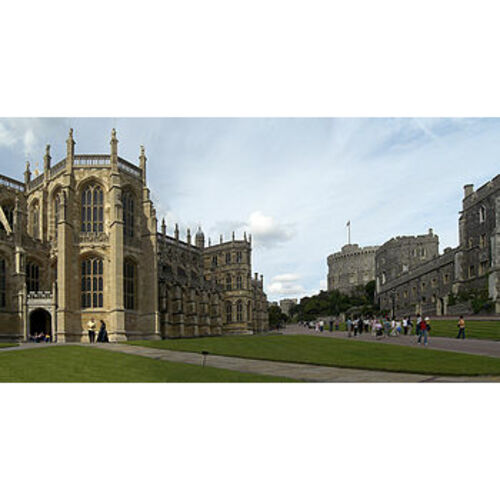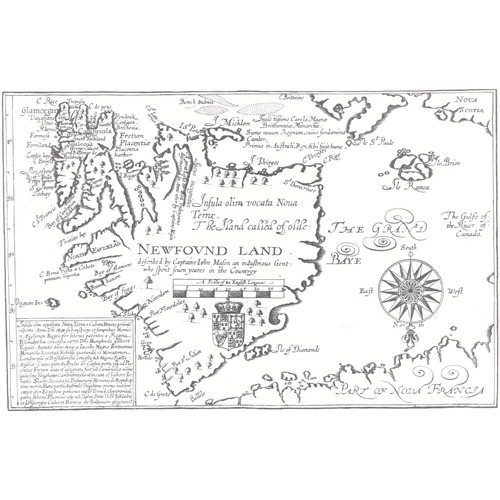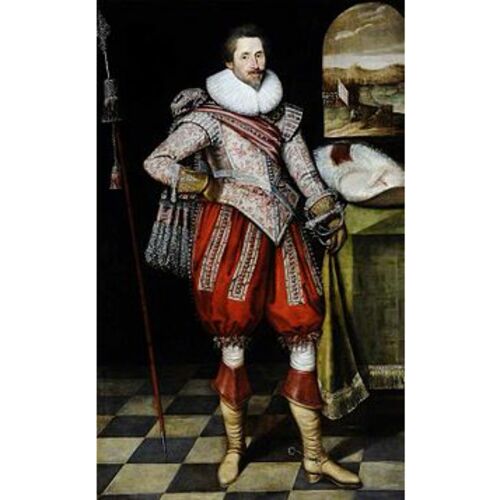![Newfovnd Land [cartographic material] / described by Captaine John Mason. -- Mason, John, 1586-1635 Original title: Newfovnd Land [cartographic material] / described by Captaine John Mason. -- Mason, John, 1586-1635](/bioimages/w600.8706.jpg)
Source: Link
TANFIELD, SIR FRANCIS, governor of Lord Falkland’s colony in Newfoundland; fl. 1623–25.
The most probable identification of Tanfield is that he was the son of Clement Tanfield and his wife, Anne, of Gayton, Northamptonshire; b. 1565. He was knighted in July 1603 and, in September, accompanied the new ambassador, Lord Spencer, to the court of the Duke of Württemberg.
Tanfield was second cousin to Elizabeth, daughter of Sir Lawrence Tanfield – a subscriber to the Newfoundland company of 1610 – and wife of Henry Cary, Lord Falkland. About 1620 Cary purchased two pieces of land in Newfoundland: the first, a strip of land between Renewse and Aquaforte, he bought from William Vaughan; the second, a larger area on Trinity Bay, he bought from the Newfoundland company. The scheme was well worked out and, in 1623, an appeal for subscribers and planters was published, land being offered in return for investment of capital or service in the settlement. By this date Sir Francis Tanfield had been appointed governor and it was probably that same year that he and the colonists left to settle at Renewse. Tanfield, who does not appear to have had previous experience of this kind of enterprise, was troubled by conflict between the planters and the fishermen. He was helped and advised by Sir Richard Whitbourne who twice visited the colony. There is no indication of the scale on which the plantation was undertaken and it survived for only two years. Nothing further is heard of Tanfield until 1630 when he was in England and preparing to go to Ireland on the king’s service.
For Tanfield’s life see: PRO, C. 2 James I, T 11/58, and P.C. 2/39, p.722. G. Baker, The history and antiquities of the county of Northamptonshire, II (London, 1841). For his career in Newfoundland see: BM, Sloane
Cite This Article
Gillian T. Cell, “TANFIELD, Sir FRANCIS,” in Dictionary of Canadian Biography, vol. 1, University of Toronto/Université Laval, 2003–, accessed April 1, 2025, https://www.biographi.ca/en/bio/tanfield_francis_1E.html.
The citation above shows the format for footnotes and endnotes according to the Chicago manual of style (16th edition). Information to be used in other citation formats:
| Permalink: | https://www.biographi.ca/en/bio/tanfield_francis_1E.html |
| Author of Article: | Gillian T. Cell |
| Title of Article: | TANFIELD, Sir FRANCIS |
| Publication Name: | Dictionary of Canadian Biography, vol. 1 |
| Publisher: | University of Toronto/Université Laval |
| Year of publication: | 1966 |
| Year of revision: | 1979 |
| Access Date: | April 1, 2025 |






